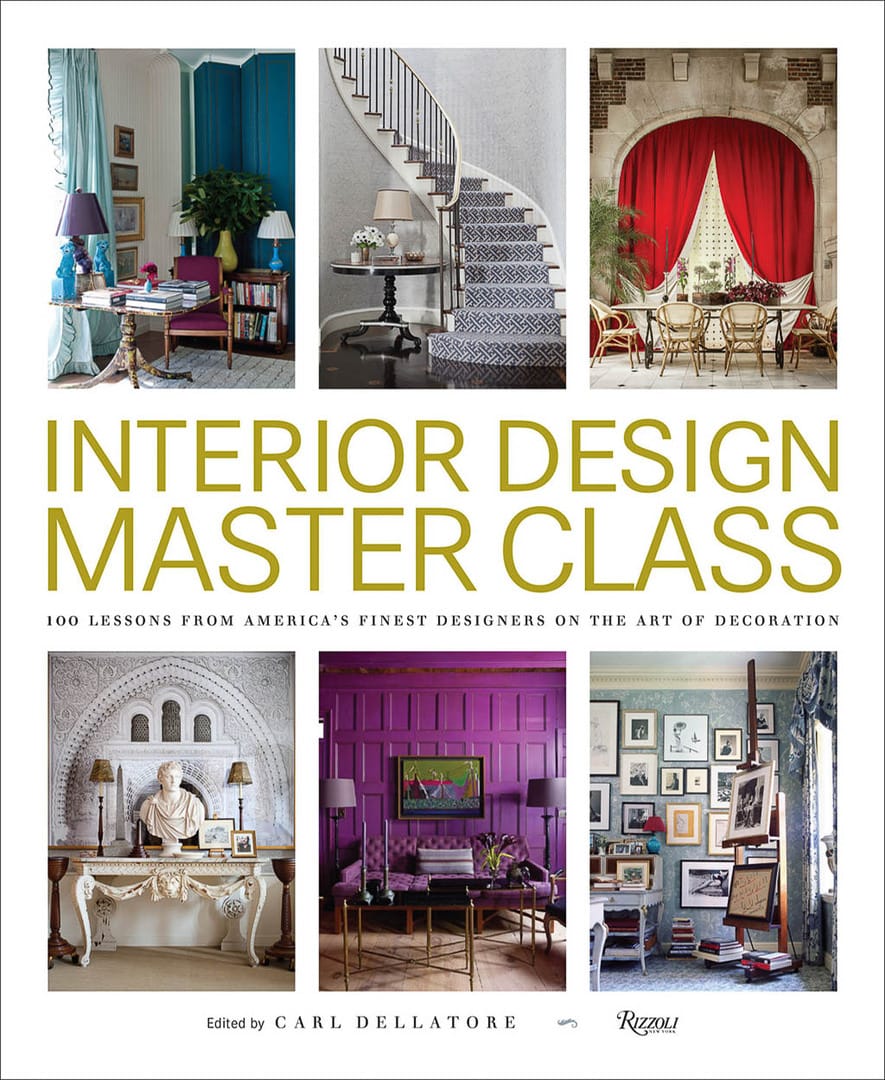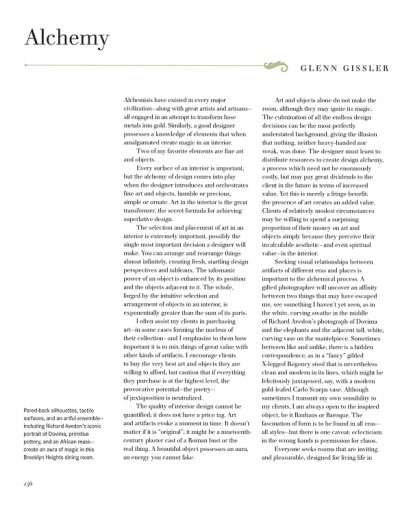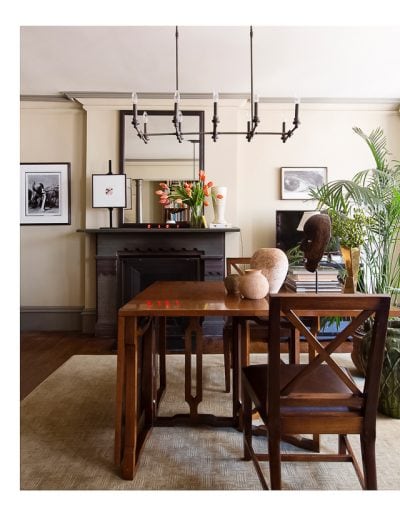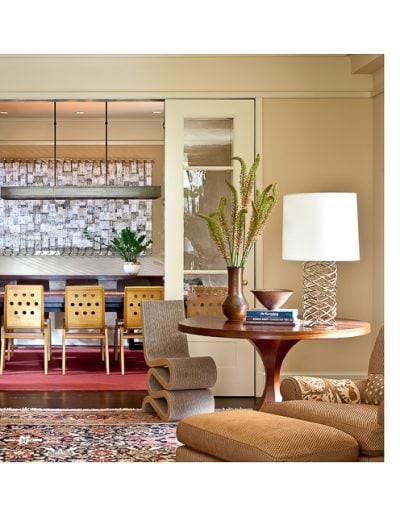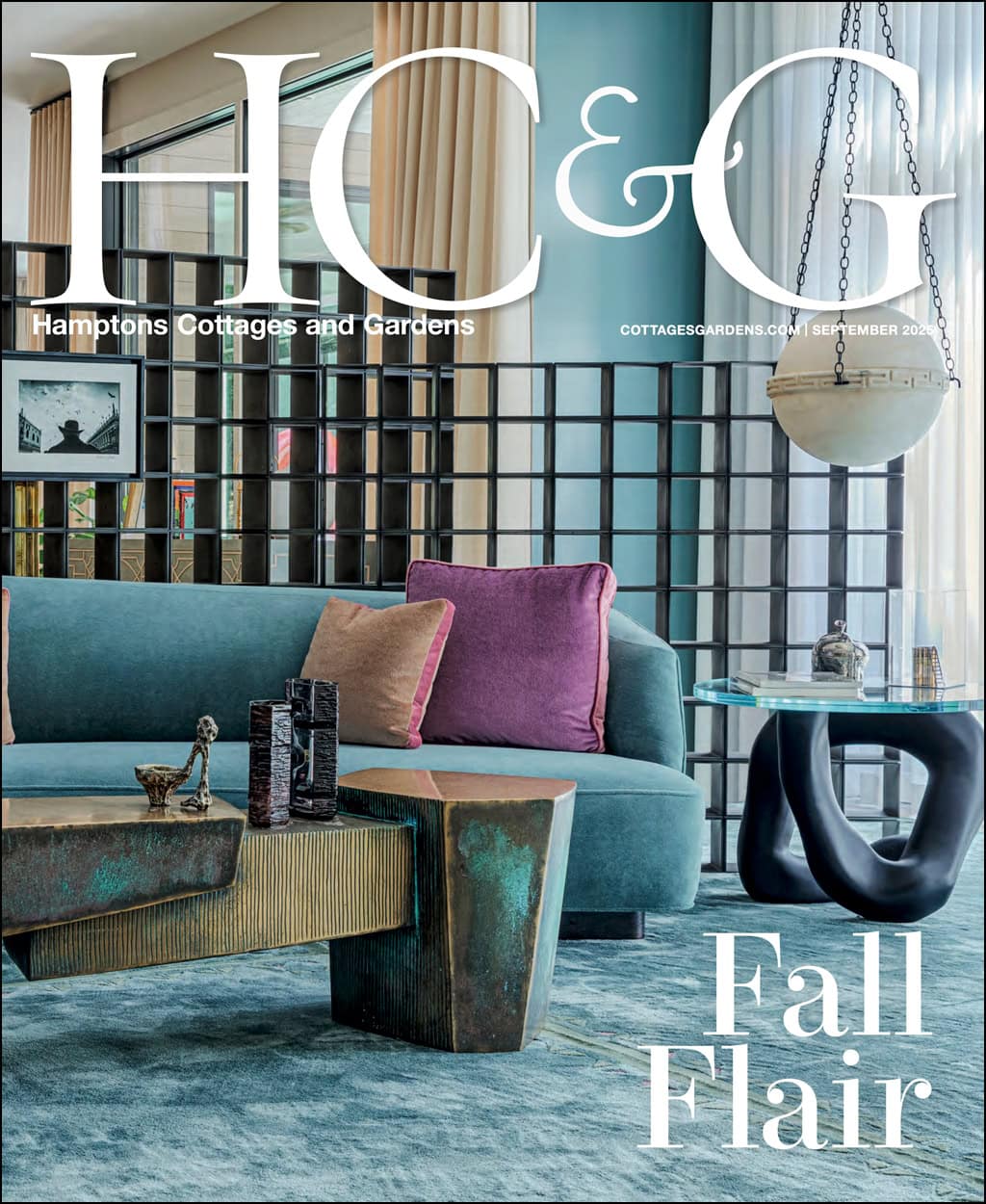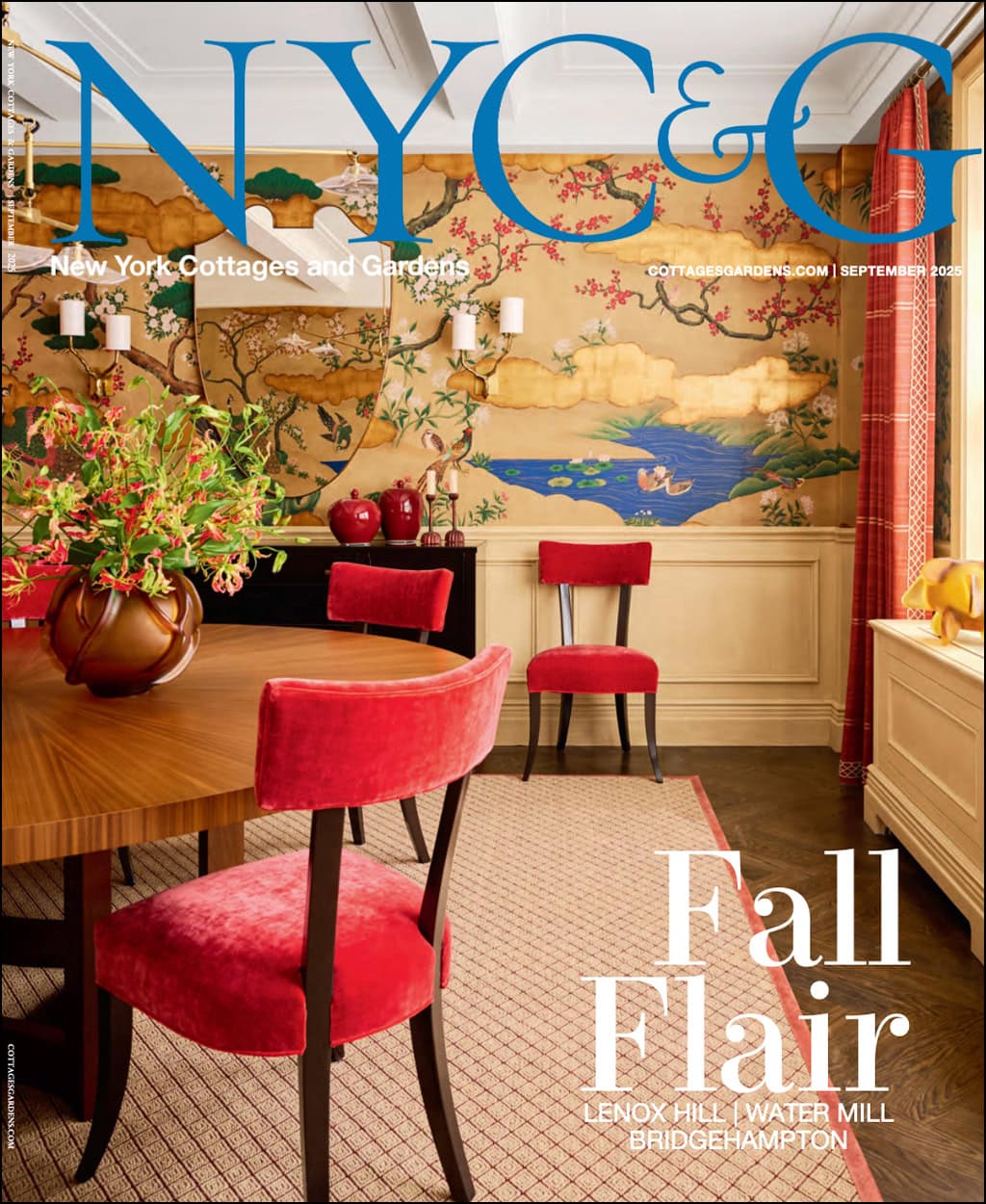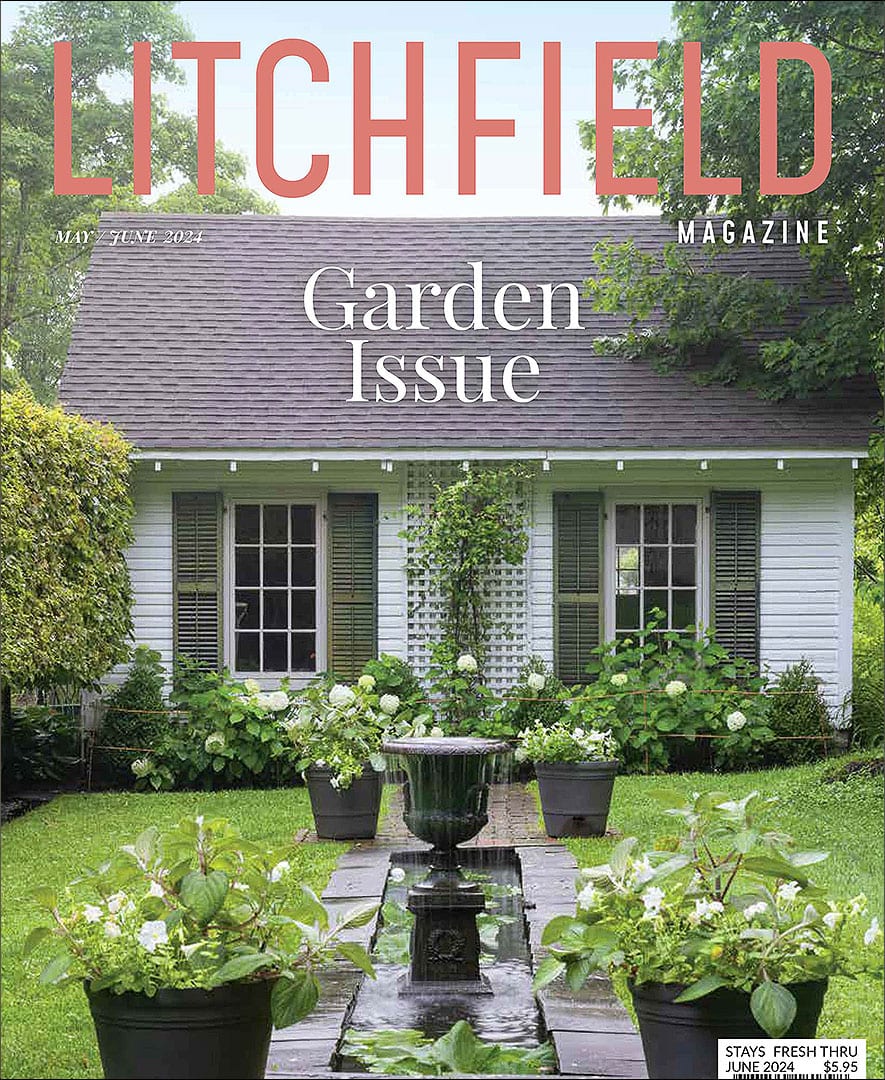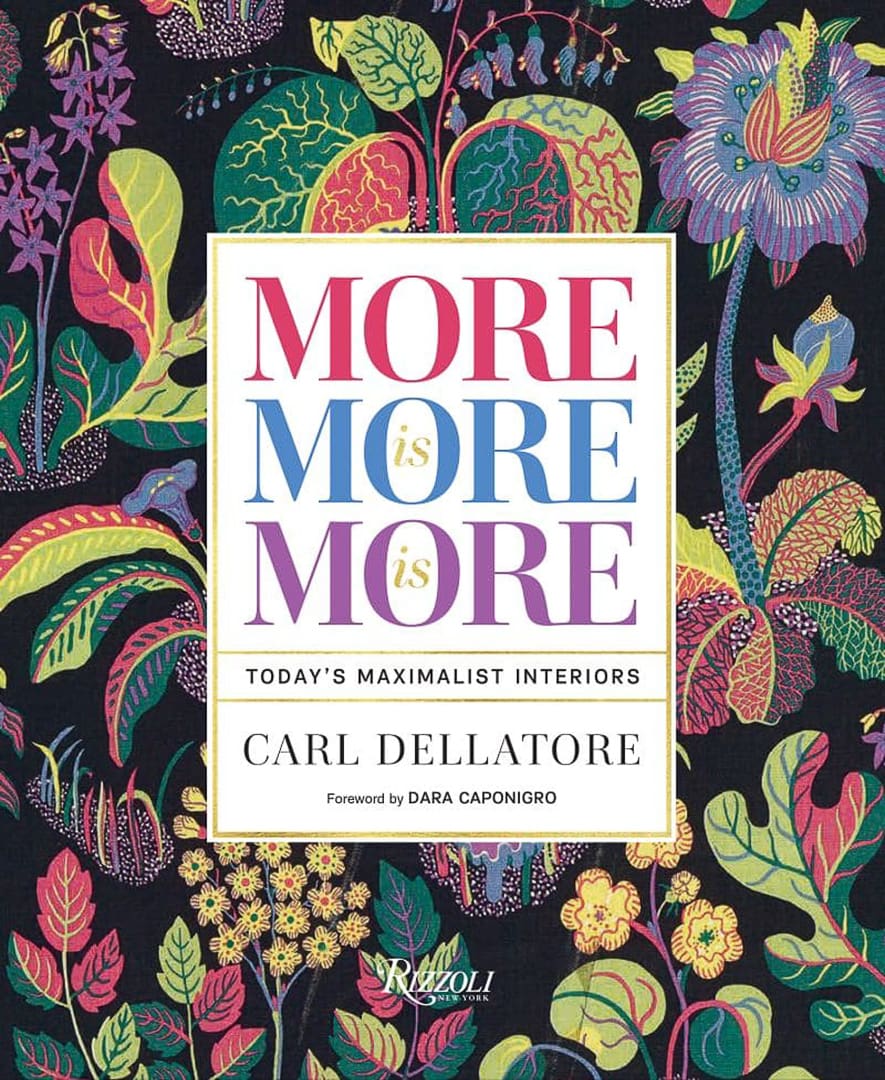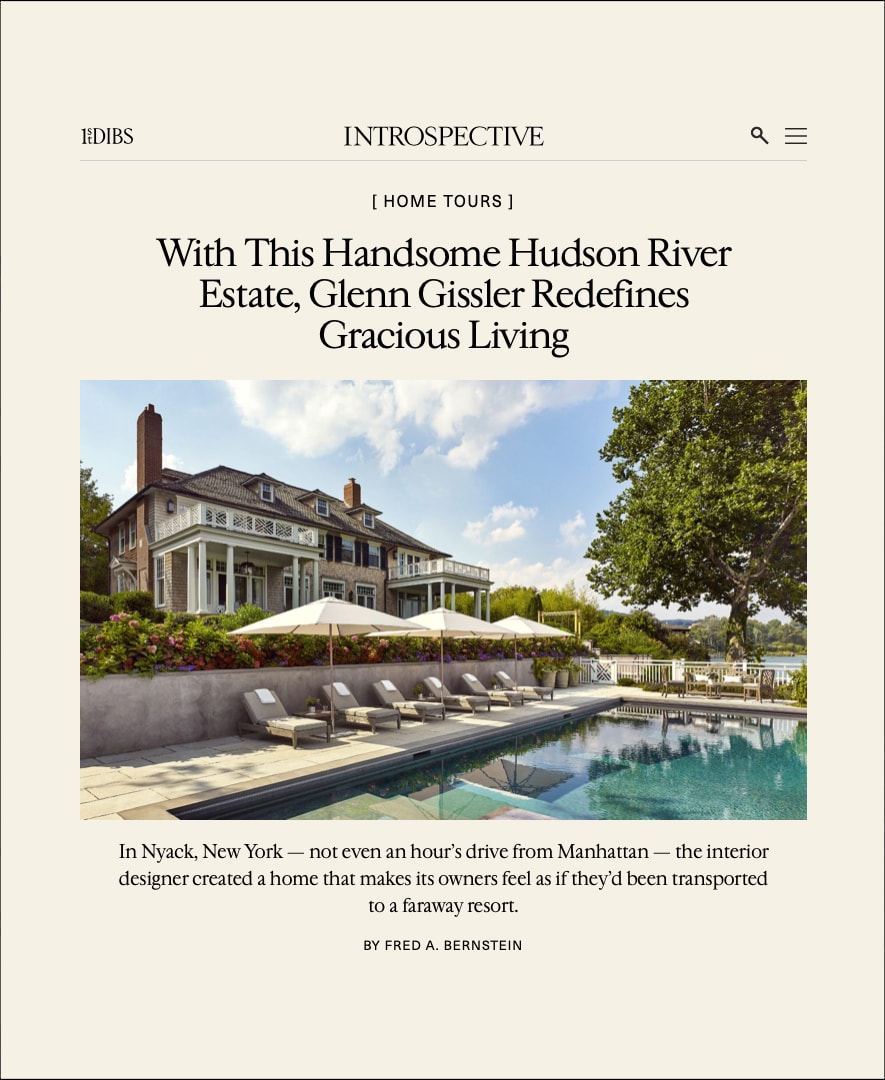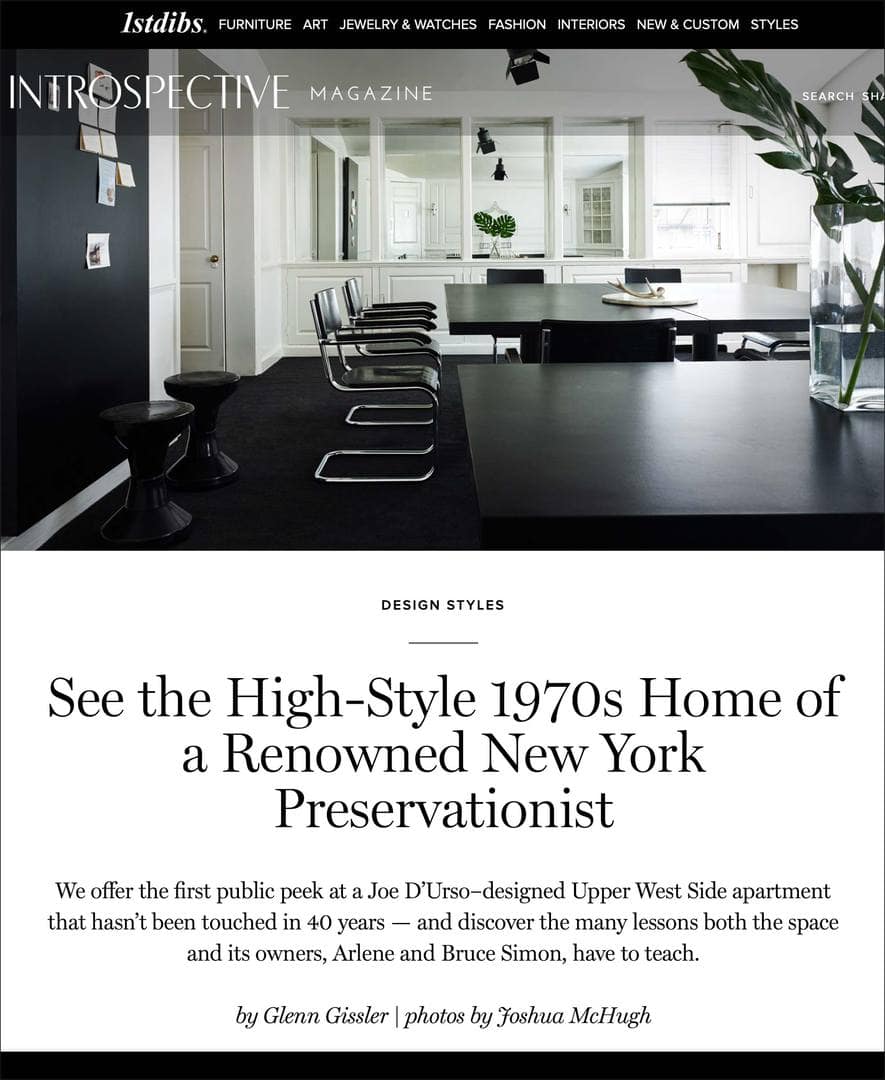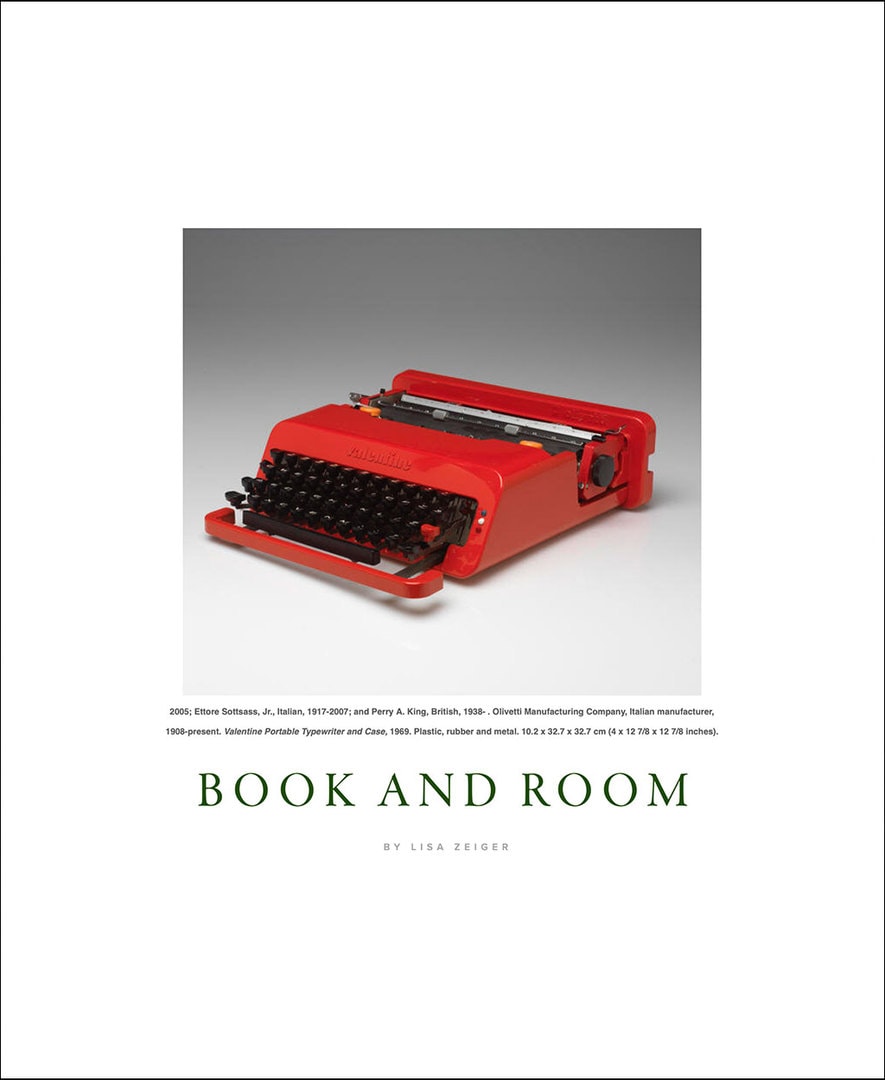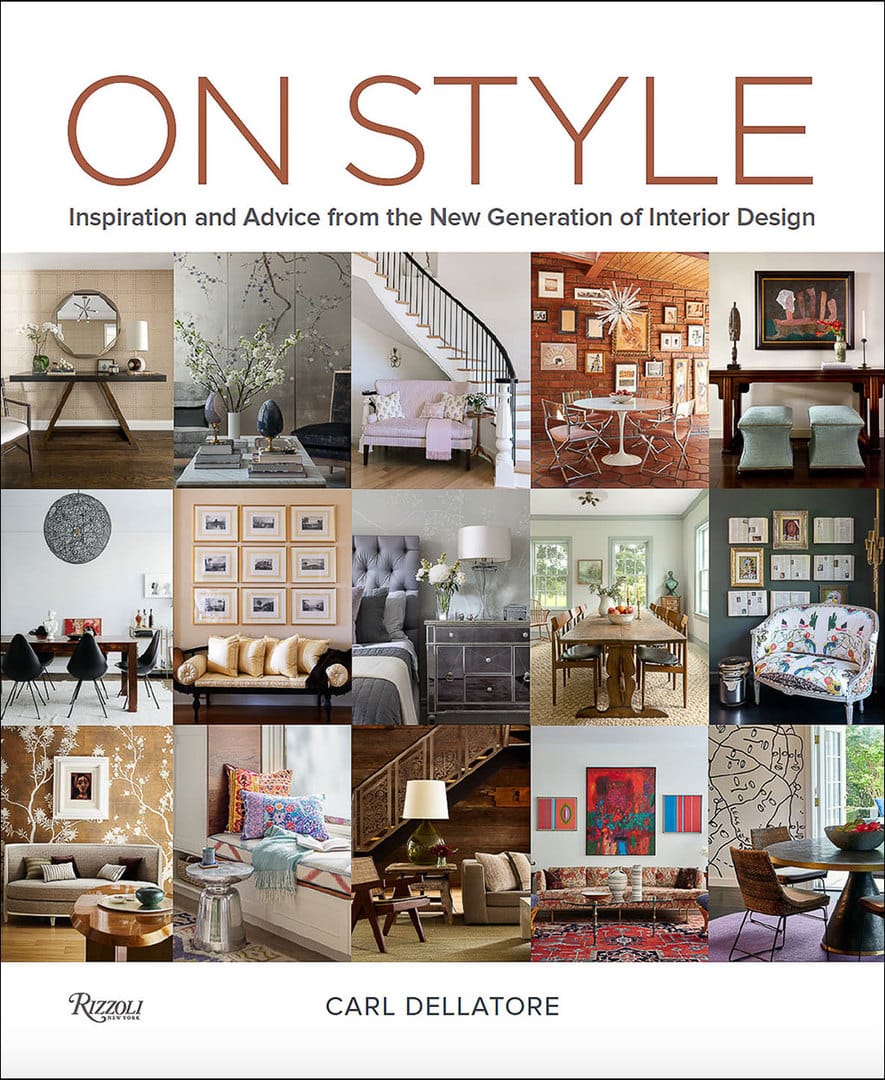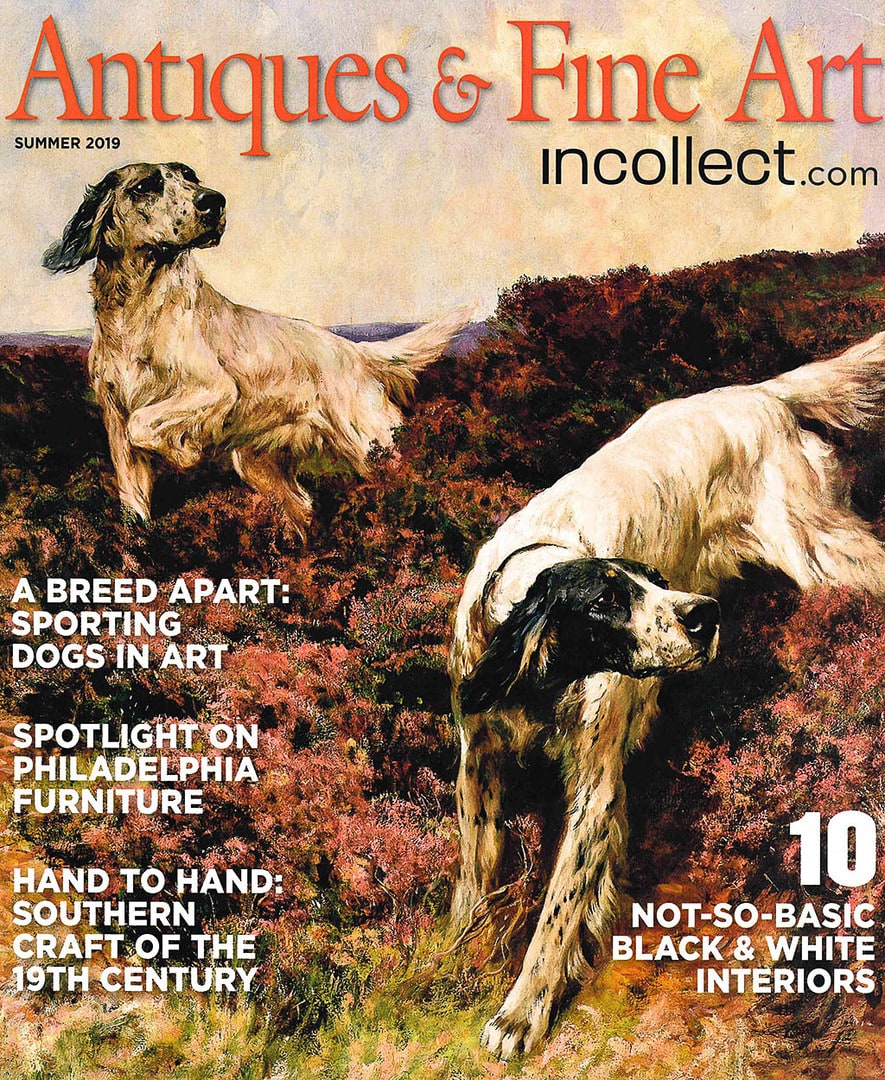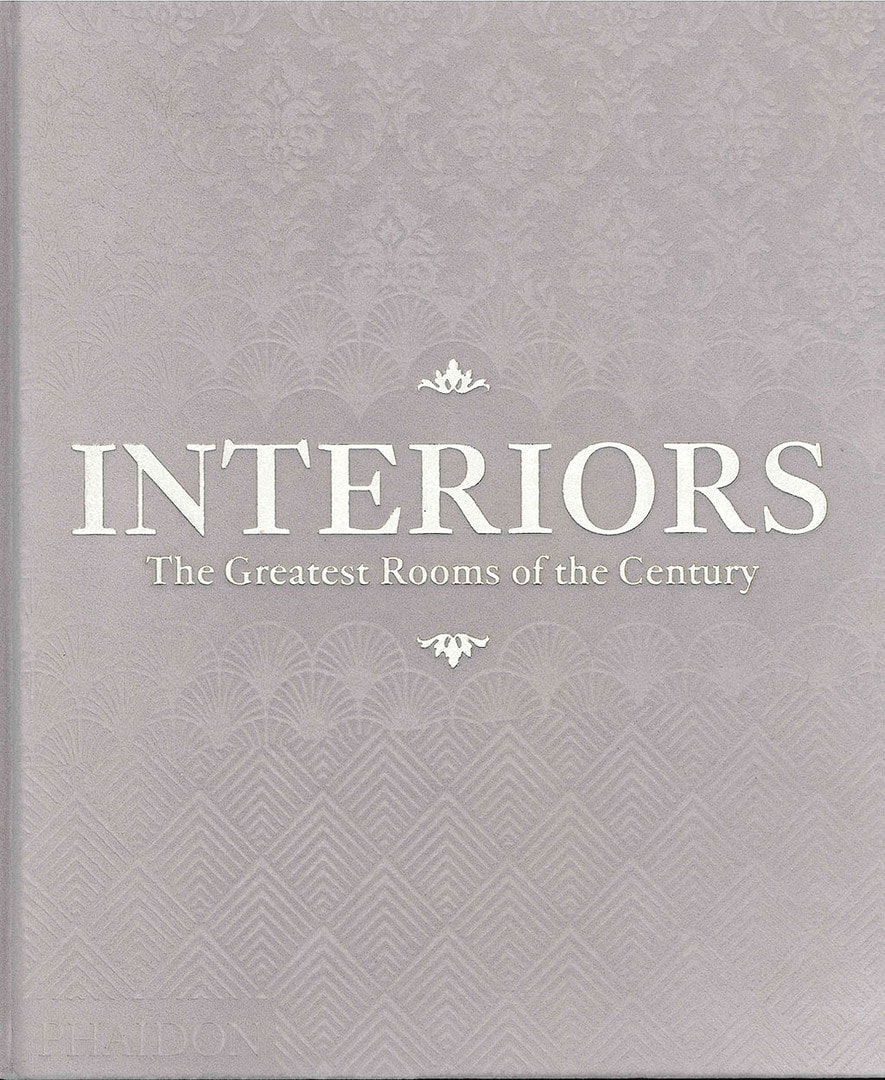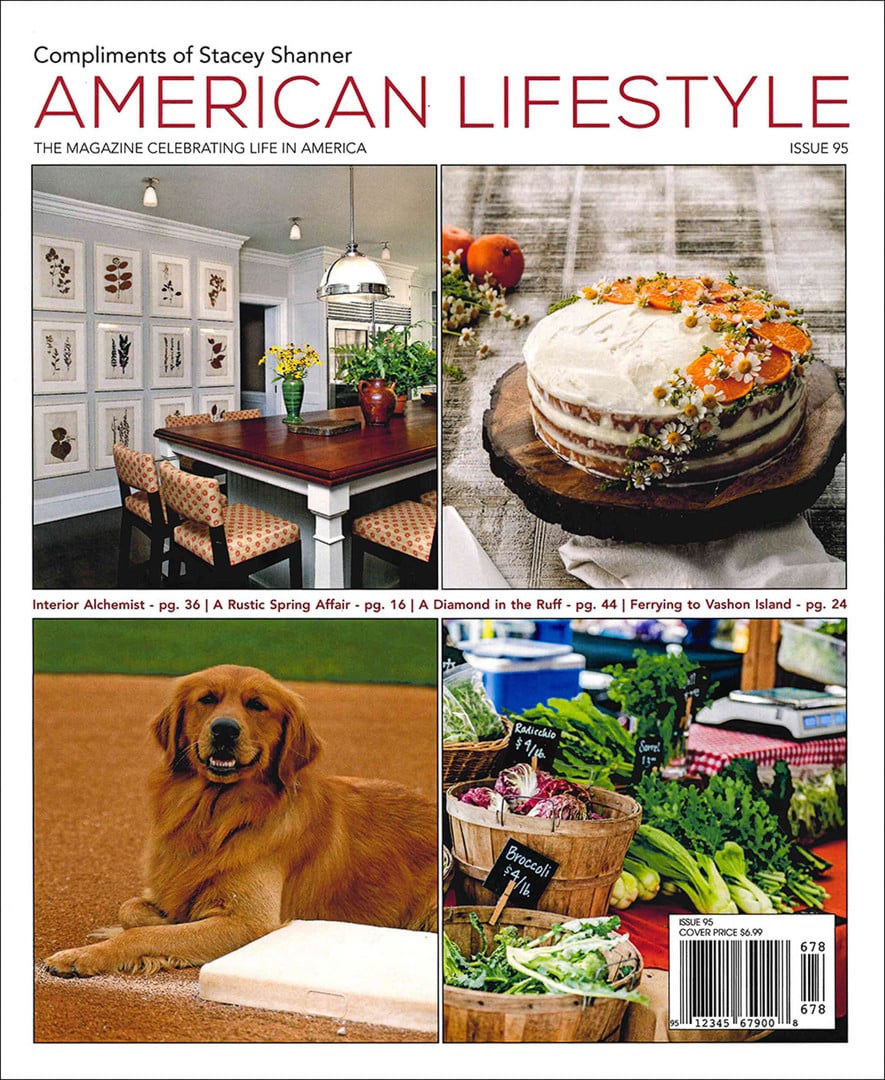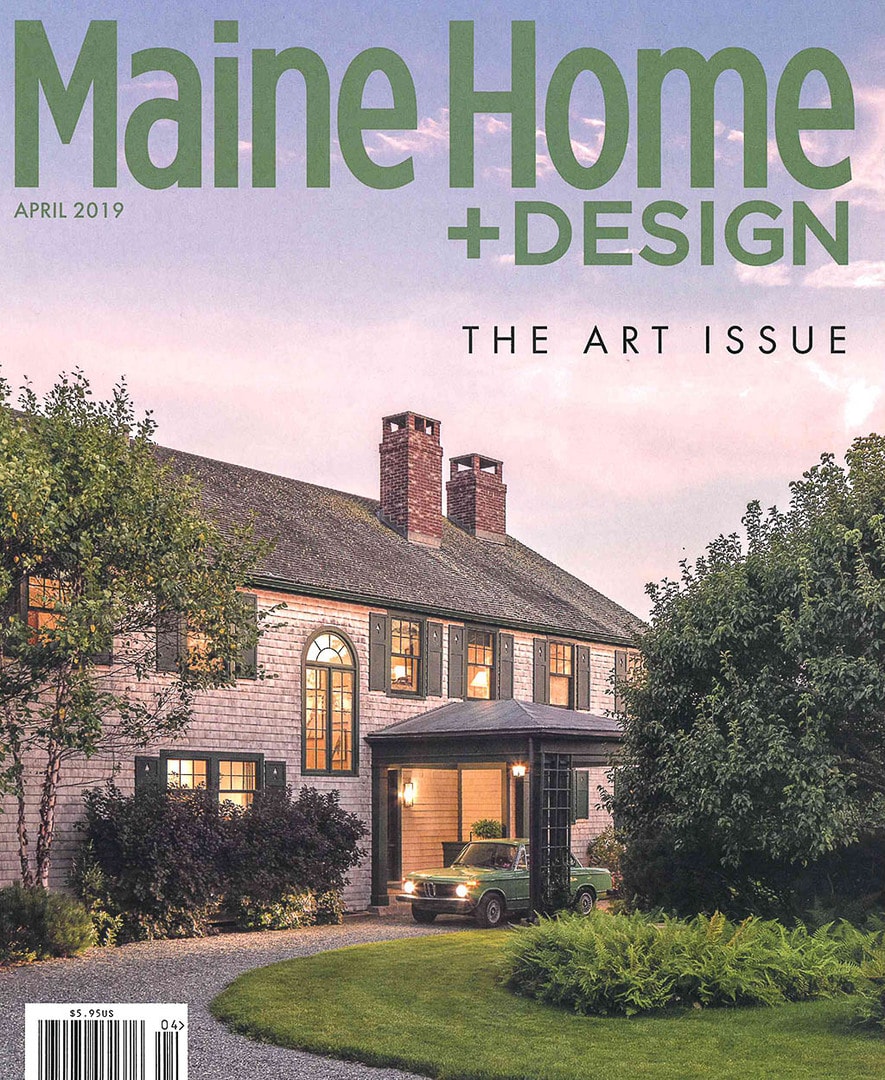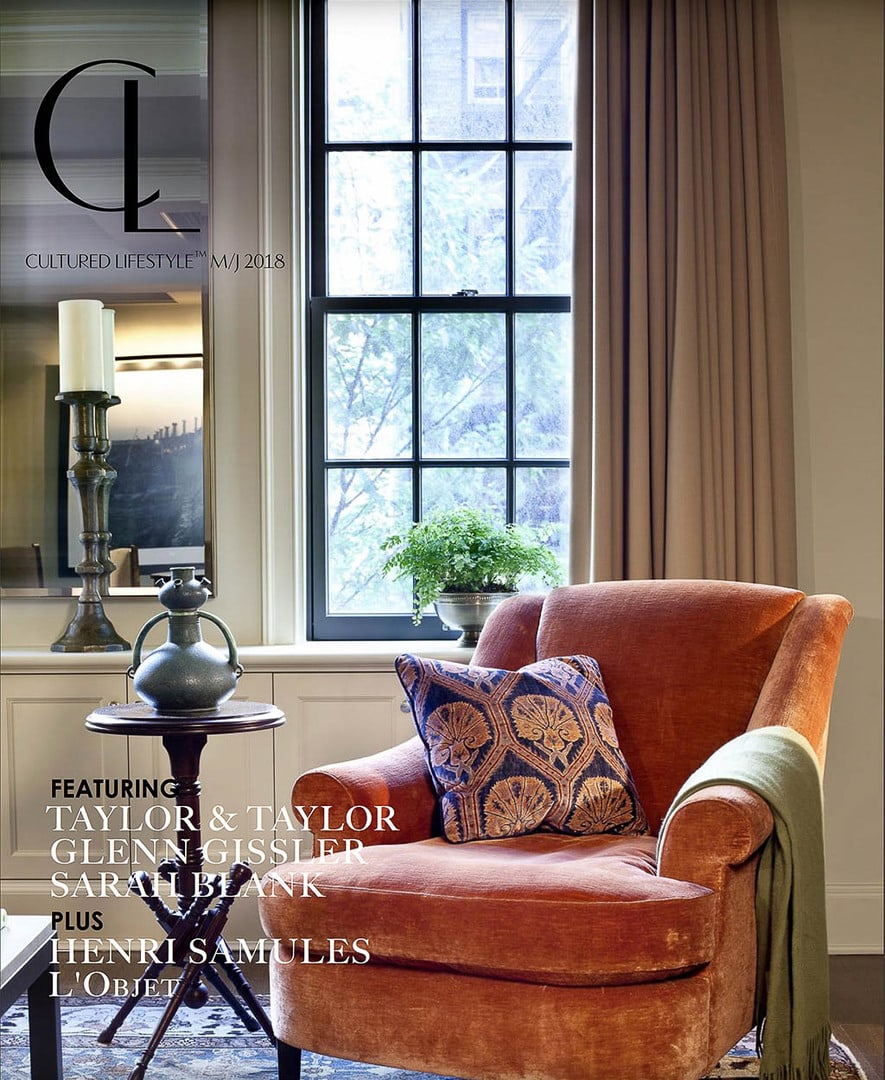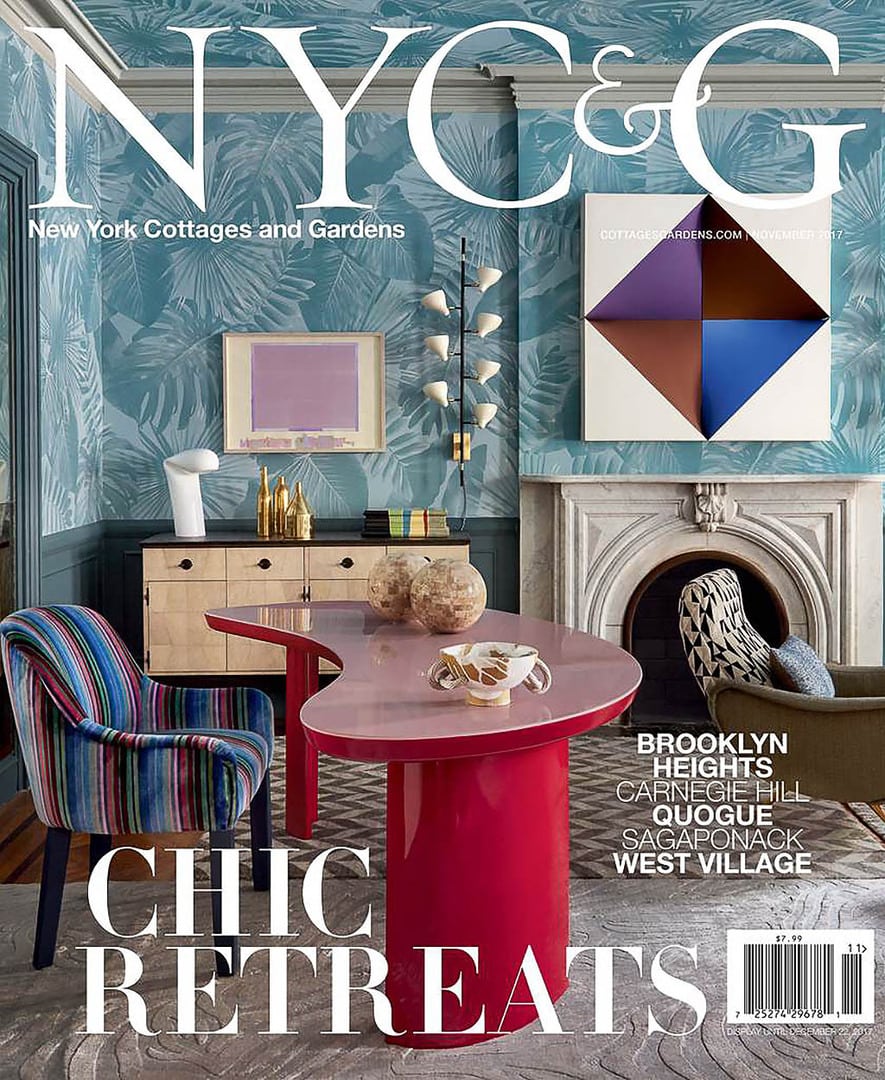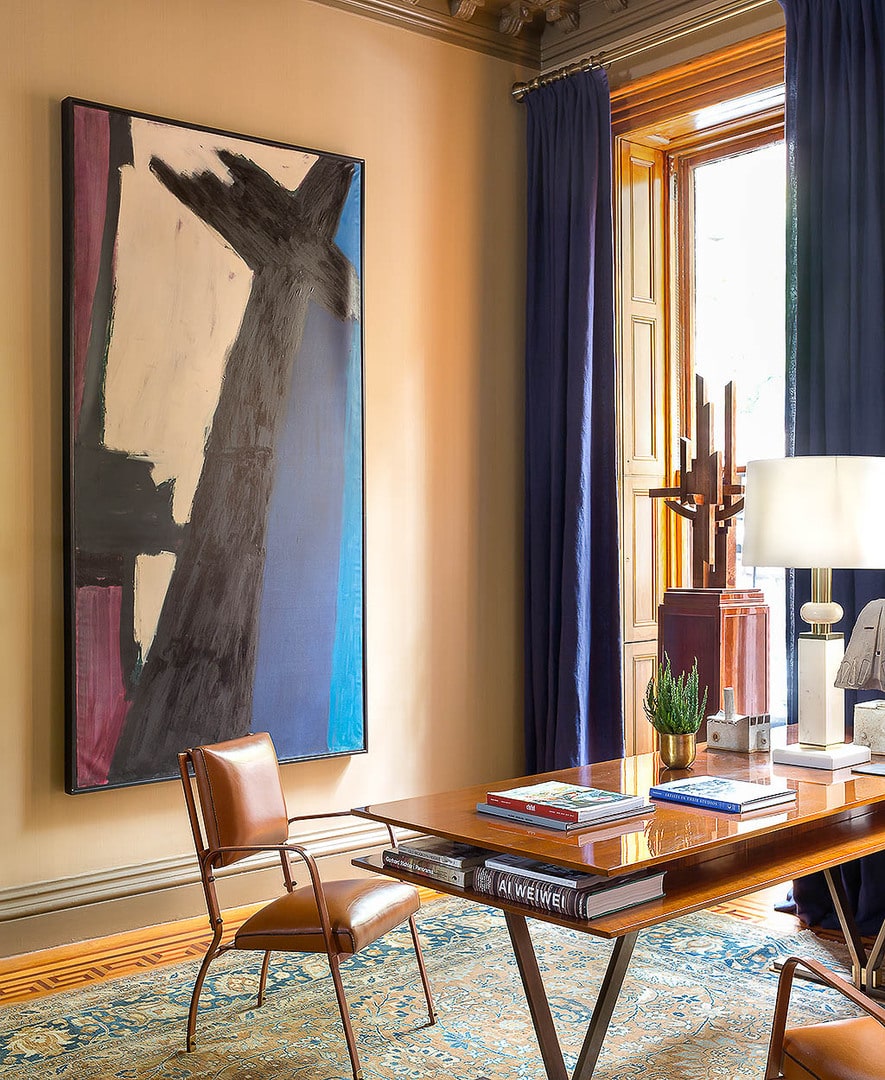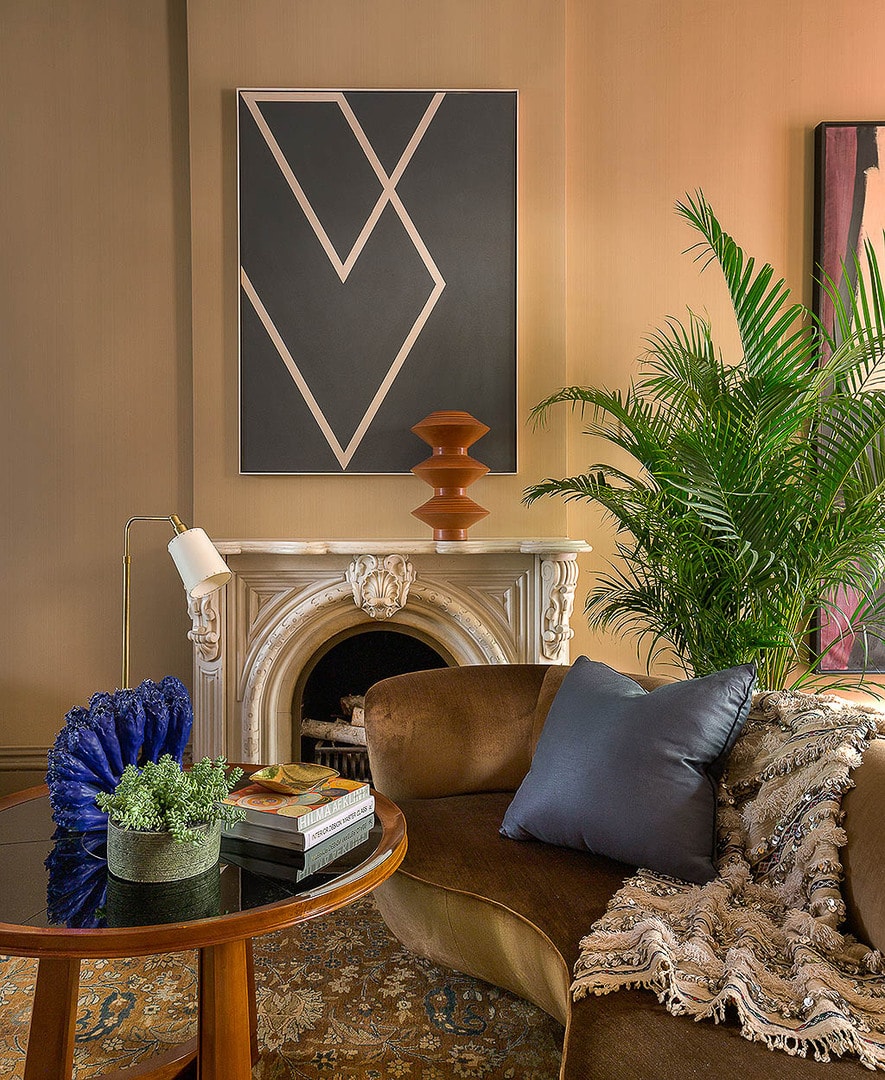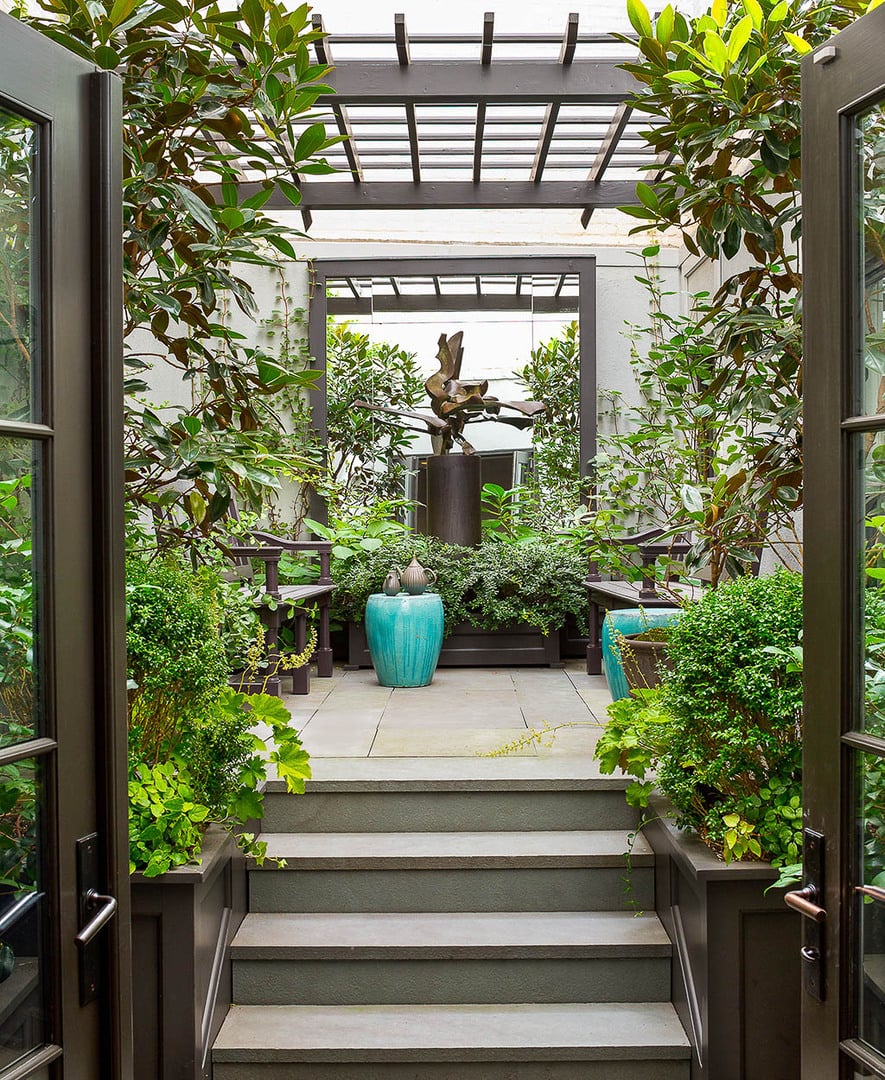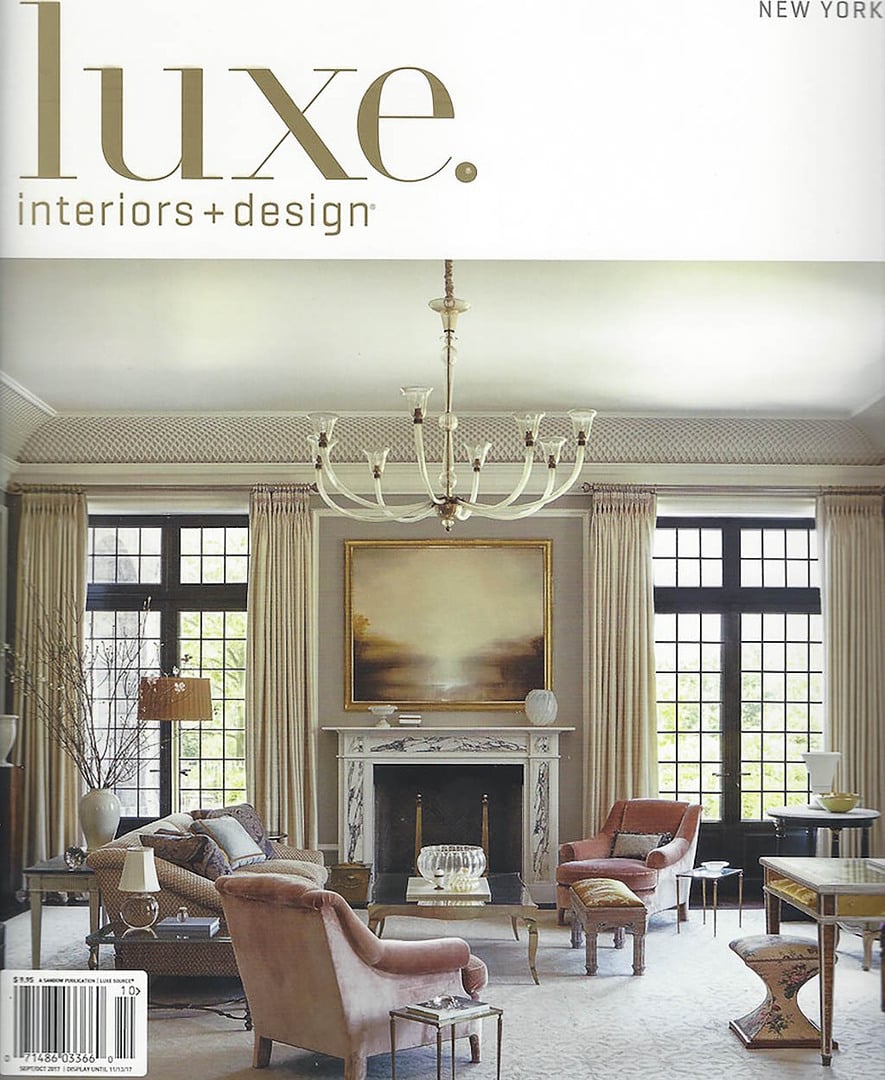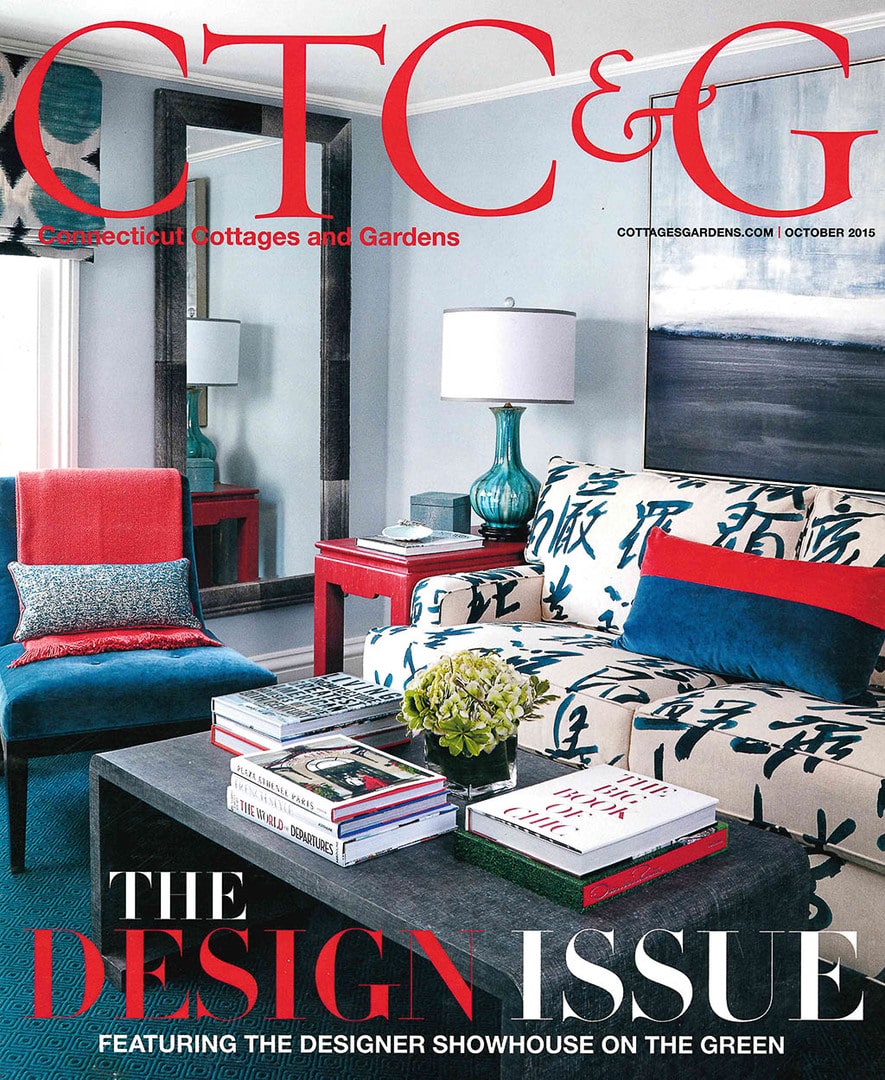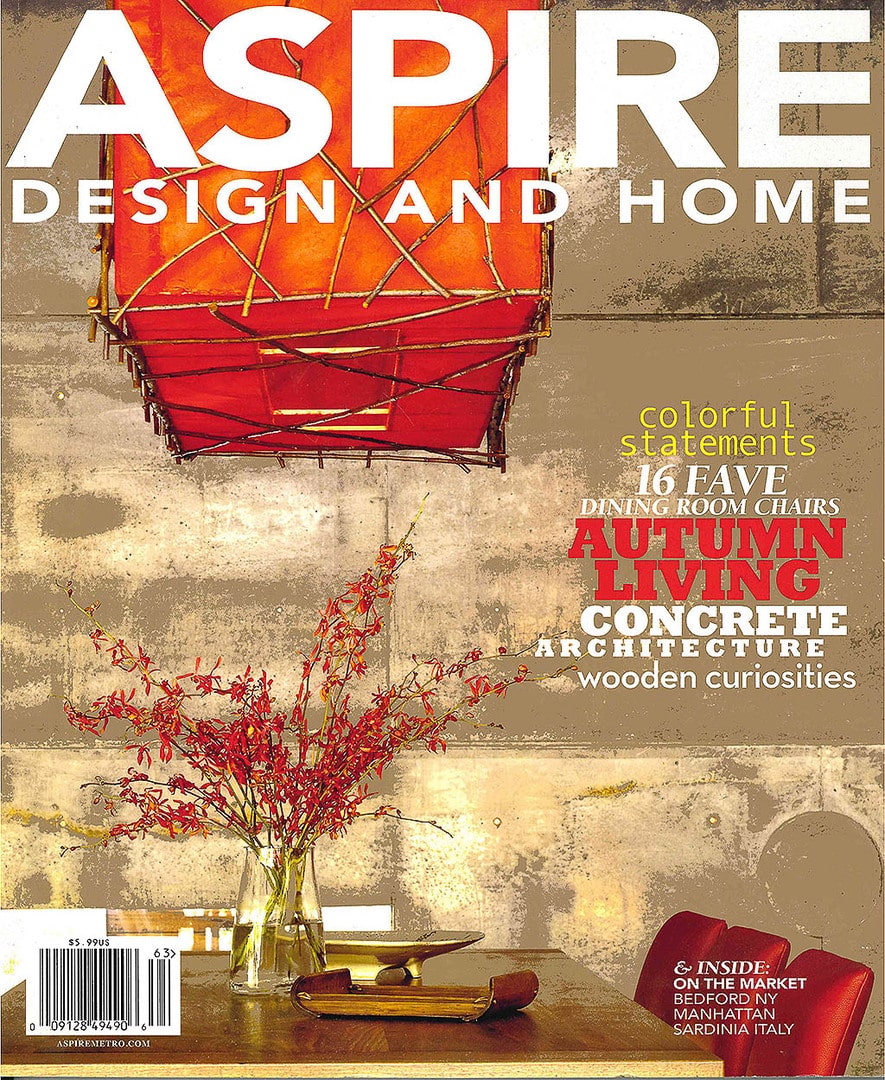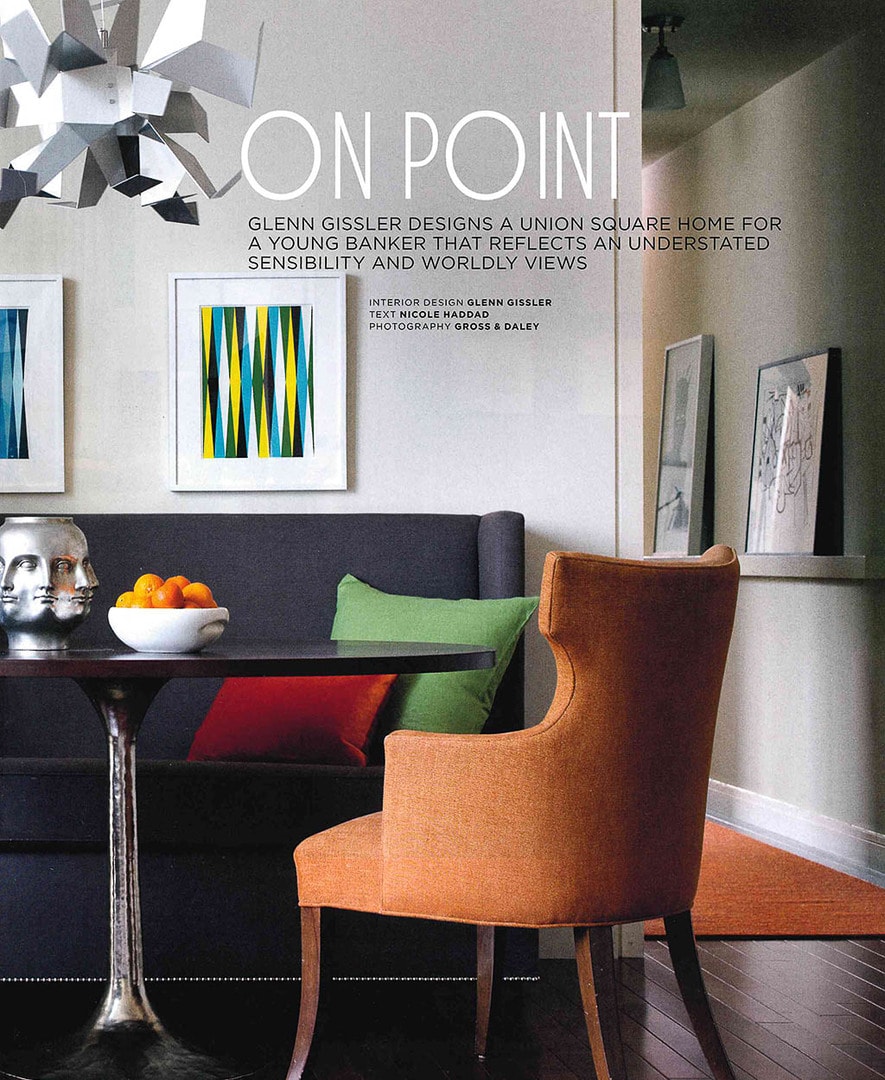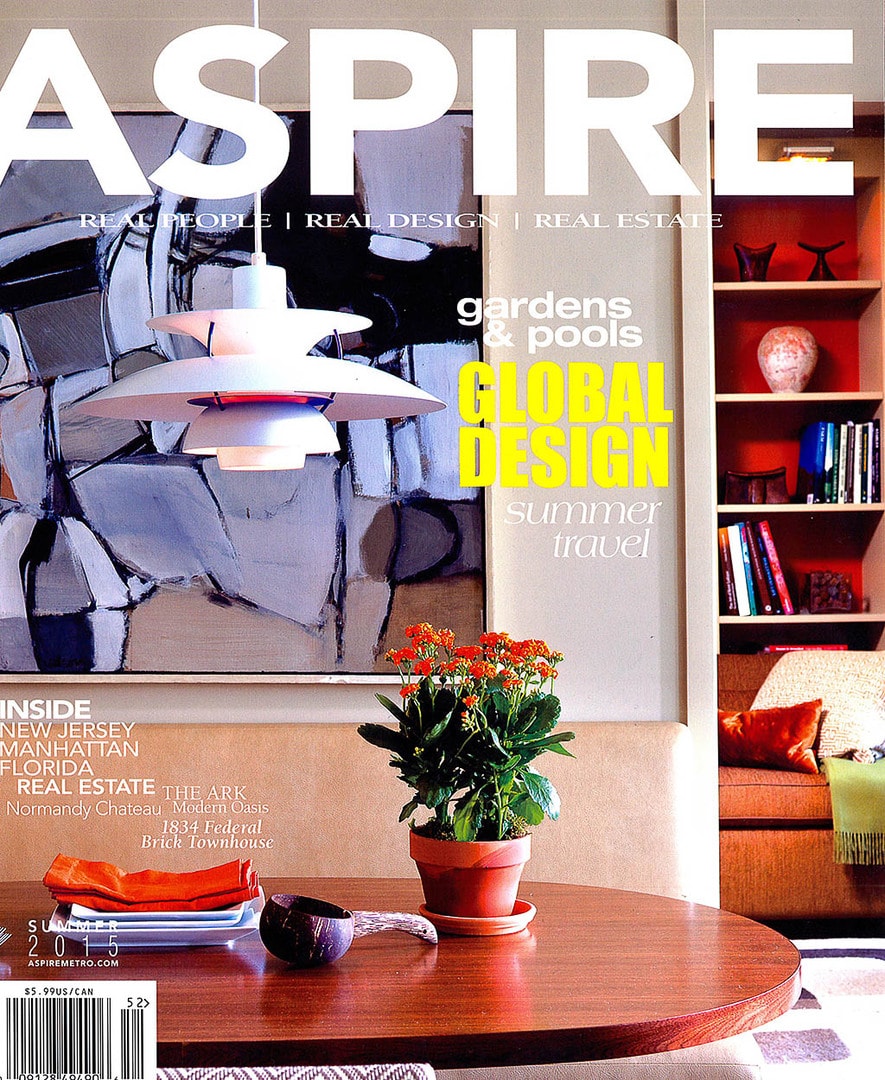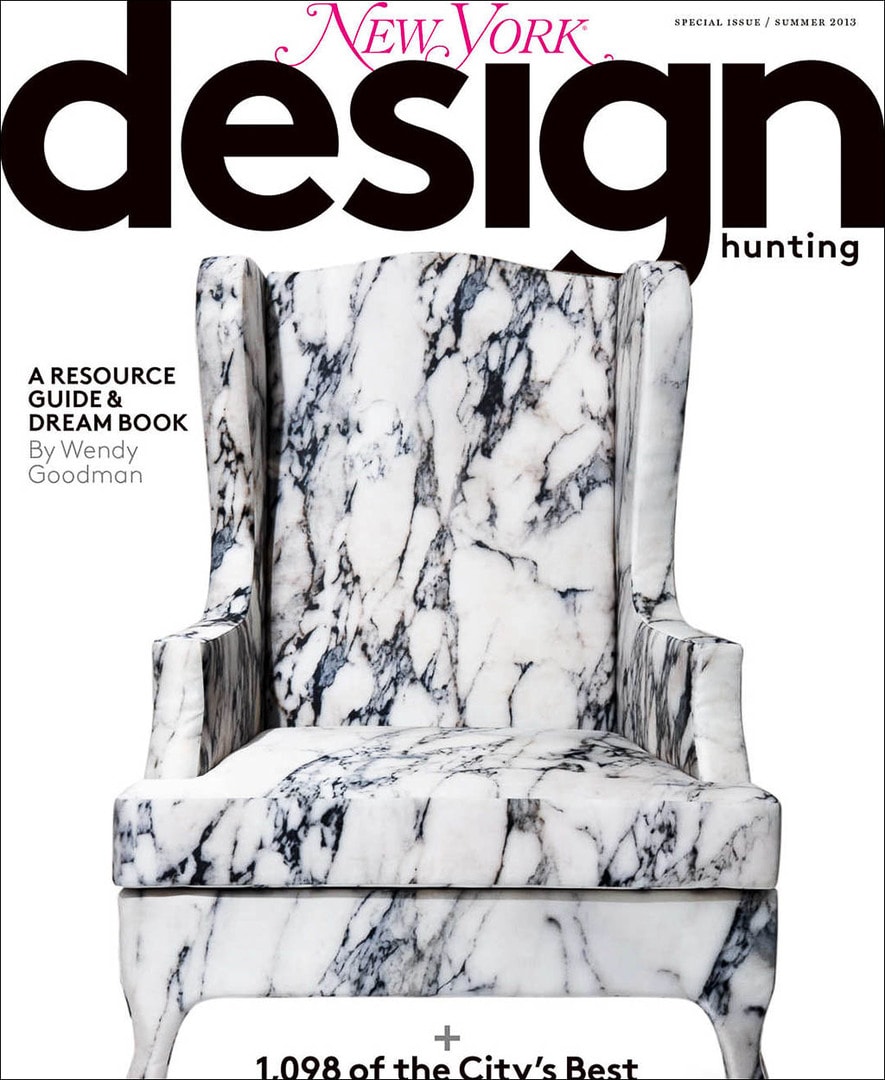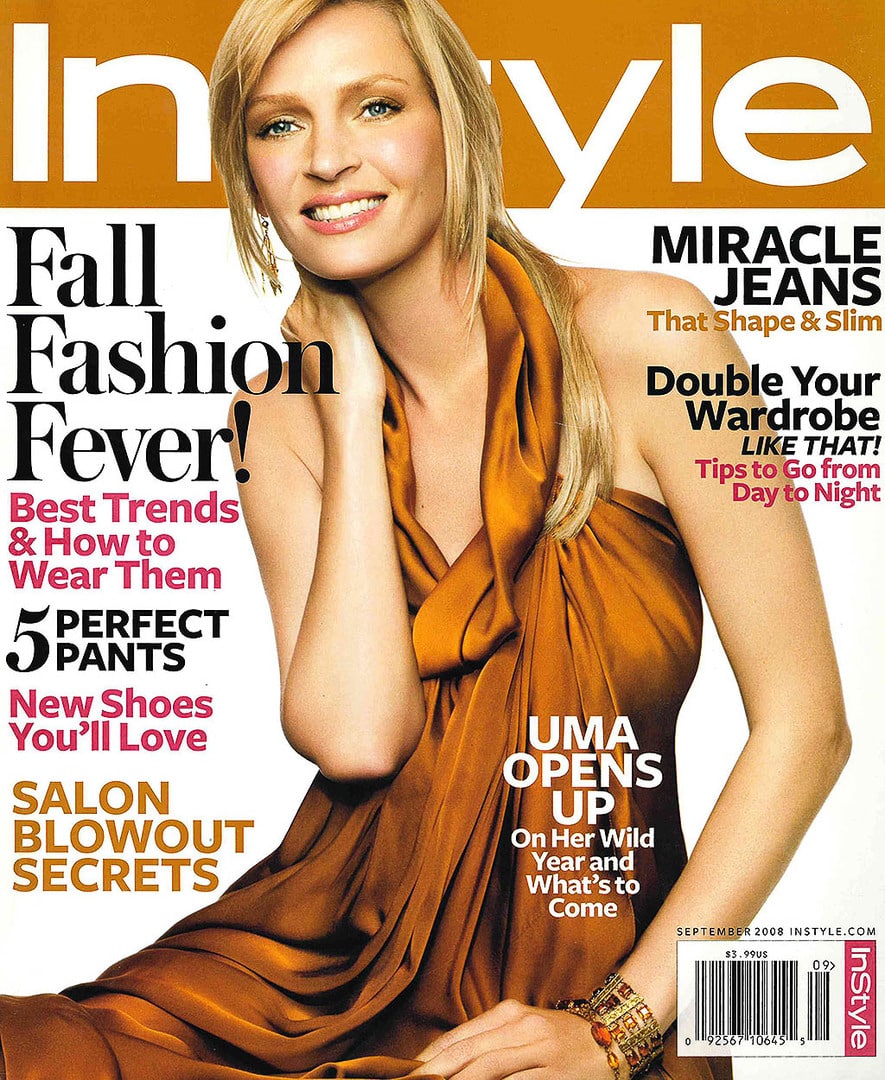Interior Design Master Class
INTERIOR DESIGN MASTER CLASS
2016
Alchemy
by Glenn Gissler
Alchemists have existed in every major civilization—along with great artists and artisans—all engaged in an attempt to transform base metals into gold. Similarly, a good designer possesses a knowledge of elements that when amalgamated create magic in an interior.
Two of my favorite elements are fine art and objects.
Every surface of an interior is important, but the alchemy of design comes into play when the designer introduces and orchestrates fine art and objects, humble or precious, simple or ornate. Art in the interior is the great transformer, the secret formula for achieving superlative design.
The selection and placement of an art in an interior is extremely important, possible the single most important decision a designer will make. You can arrange and rearrange things almost infinitely, creating fresh, startling design perspectives and tableaux. The talismanic power of an object is enhanced by its position and the objects adjacent to it. The whole, forged by the intuitive selection and arrangement of objects in an interior, is exponentially greater than the sum of its parts.
I often assist my clients in purchasing art—in some cases forming a nucleus on their collection—and I encourage clients to buy the very best art and objects they are willing to afford, but caution that if everything they purchase is at the highest level, the provocative potential—the poetry—of juxtaposition is neutralized.
The quality of interior design cannot be quantified; it does not have a price tag. Art and artifacts evoke a moment in time. It doesn’t matter if it’s “original”; it might be a nineteenth-century plaster cast of a Roman bust or the real thing. A beautiful object possesses an aura, an energy you cannot fake.
Art and objects alone do not make the room, although they may ignite its magic. The culmination of all the endless design decisions can be the most perfectly understated background, giving the illusion that nothing, neither heavy-handed nor weak, was done. The designer must learn to distribute resources to create design alchemy, a process which need not be enormously costly, but may pay great dividends to the client in the future in terms of increased value. Yet this is merely a fringe benefit; the presence of art creates an added value. Clients of relatively modest circumstances may be willing to send a surprising proportion of their money on art and objects simply because they perceive their incalculable aesthetic—and even spiritual value—in the interior.
Seeking visual relationships between artifacts of different eras and places is important to the alchemical process. A gifted photographer will uncover an affinity between two things that may have escaped me, see something I haven’t yet seen, as in the white, curving swathe in the middle of Richard Avedon’s photograph of Dovina and the elephant and the adjacent tall, white, curving caste on the mantlepiece. Sometimes between like and unlike, there is a hidden correspondence, as in a “fancy gilded X-legged Regency stool that is nevertheless clean and modern in its lines, which might be felicitously juxtaposed, say, with modern gold-leafed Carlo Scarpa vase. Although sometimes I transmit my own sensibility to my clients, I am always open to the inspired object, be it Bauhaus or Baroque. The fascination of form is to be found in all eras—all styles—but there is one caveat: eclecticism in the wrong hands is permissions for chaos.
Everyone seeks rooms that are inviting and pleasurable, designed for living life in all its complexity and depth. Art and objects may cause the visitor to pause, they may, at the same time, prompt an inhabitant to see a new visual relationship, previous undiscovered, a dense web of relationships and resemblances, an interior world endlessly enriched and enriching. And the result is pure gold, brought forth by design alchemy.

